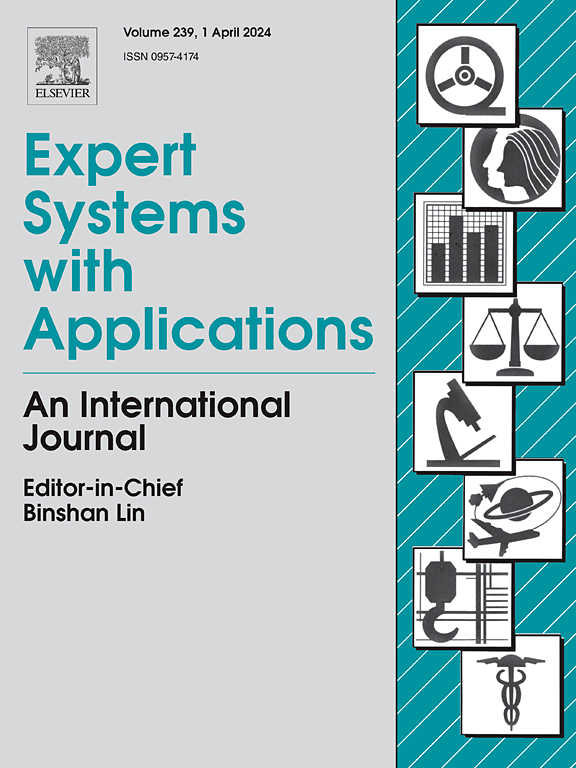A higher-order neural cognitive diagnosis model with hierarchical attention networks
IF 7.5
1区 计算机科学
Q1 COMPUTER SCIENCE, ARTIFICIAL INTELLIGENCE
引用次数: 0
Abstract
As fundamental abilities, higher-order abilities play an important role in representing a multidimensional synthesis of concepts, skills, and learning statuses. Cognitive diagnosis, a critical technology for assessing these abilities, aims to identify students’ specific skill statuses based on their response data. However, existing cognitive diagnostic models (CDMs) face significant challenges in accurately assessing these complex competencies, particularly in capturing the hierarchical structure of higher-order abilities—specifically, the progression from lower- to higher-order skills. To address this challenge, we propose a novel Higher-Order Neural Cognitive Diagnosis (HO-NCD) model, which leverages hierarchical attention mechanisms to assess higher-order abilities. The core of our model lies in its ability to model the transition from lower- to higher-order abilities, capturing both the intrinsic relationships between different levels of cognitive attributes. Specifically, a unified embedding layer encodes the characteristics of students, exercises, and concepts in a shared latent space, enabling a comprehensive representation. Subsequently, we model the transition from lower- to higher-order abilities through a hierarchical attention network, allowing the model to capture both direct and indirect relationships. Finally, a neural network is constructed to simulate the interactions among students, exercises, and concepts, thereby predicting future student performance. The effectiveness and interpretability of the HO-NCD model were evaluated using three benchmark datasets — Junyi, ASSIST2017, and PISA2015 — demonstrating its superior performance compared to existing models. The code is available at https://github.com/ccc-615/HO-NCD.
求助全文
约1分钟内获得全文
求助全文
来源期刊

Expert Systems with Applications
工程技术-工程:电子与电气
CiteScore
13.80
自引率
10.60%
发文量
2045
审稿时长
8.7 months
期刊介绍:
Expert Systems With Applications is an international journal dedicated to the exchange of information on expert and intelligent systems used globally in industry, government, and universities. The journal emphasizes original papers covering the design, development, testing, implementation, and management of these systems, offering practical guidelines. It spans various sectors such as finance, engineering, marketing, law, project management, information management, medicine, and more. The journal also welcomes papers on multi-agent systems, knowledge management, neural networks, knowledge discovery, data mining, and other related areas, excluding applications to military/defense systems.
 求助内容:
求助内容: 应助结果提醒方式:
应助结果提醒方式:


